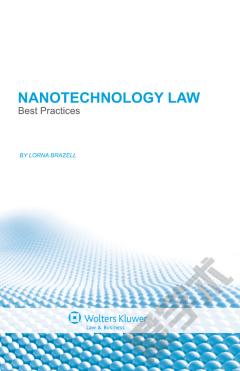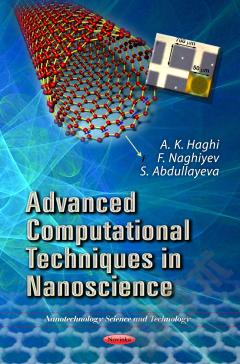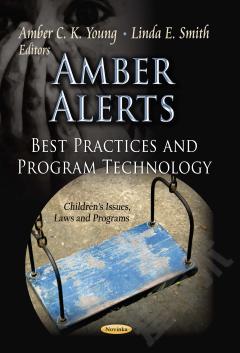Nanotechnology Law: Best Practices —— Best Practices
----- 纳米技术:最佳实践
Ever since the discovery that very small particles of some substances evince different properties than the substances do in è?–bulkè?— form, there has been an interest in developing è?–nanomaterialsè?— for commercial and industrial purposes. Although some nanomaterials exist in nature, most are chemically engineered for application in a wide variety of processes, ultimately entering the environment in many foods, drugs, cosmetics, clothing, sports goods, pesticides, packaging products and electronics, as well as in the particularly controversial form of tiny è?–machinesè?—. Since the long-term effects of these new, laboratory-created materials and tools on health and the environment are unknown è?’ and as the particles are so small they can frustrate measuring and monitoring devices è?’ there has been a growing call for regulation of their use. This is the first book to offer a thorough analysis of the problems posed by nanotechnology in the context of existing legal schemes and trends, focusing on initiatives and debates in the European Union but also considering developments at the global level and in the United States, Canada, Australia, Japan and China.
{{comment.content}}








 京公网安备 11010802027623号
京公网安备 11010802027623号